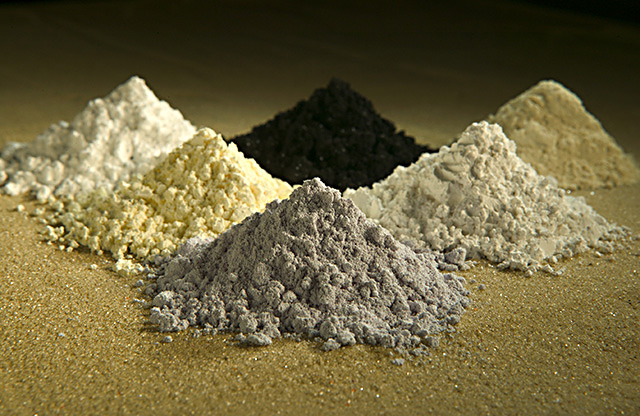
By XiaoZhi Lim
BU News Service
Love your smartphone that delivers clear sound and bright colors but still fits in your pocket? Give thanks to neodymium, a rare earth element that makes the magnets in your phone so powerful that it can be as small as it is. Wind turbines and electric cars need the unique magnetic properties of dysprosium, another rare earth element. Virtually every form of clean energy technology today needs rare earth elements to function.
But the rare earth elements come with an unavoidable by-product: thorium. Thorium, named after the Norse god of thunder, is a mildly radioactive element. Digging up rare earths creates thorium waste, a huge liability for the mining industry. And because only China tolerates thorium’s environmental hazards in storage and disposal, ninety-seven percent of all the rare earth elements that we need come from China. Yet, we don’t have to cede rare earth production to China: the rare earth elements can be mined and produced domestically if we safely dispose of or even find uses for thorium.
Rare earth elements, a group of seventeen metals, are essential in the manufacture of devices ranging from cars to wind turbines to laptops. These elements contain special magnetic, electronic and optical properties found nowhere else in the periodic table. For example, gadolinium has magnetic properties for enhancing MRI images; dysprosium is critical for miniaturizing while helping permanent magnets remain strong and magnetic; yttrium improves fuel efficiency in vehicles and reduces pollution, and europium oxide produces a bright red color in television and computer screens. Take away those seventeen metals and the technological world as we know it becomes slower, bulkier and massively crippled.
Continue reading at Boston University News Service. Originally published on Dec 13, 2013.
